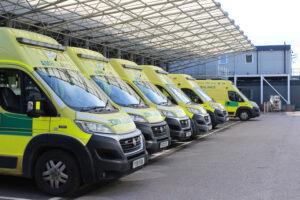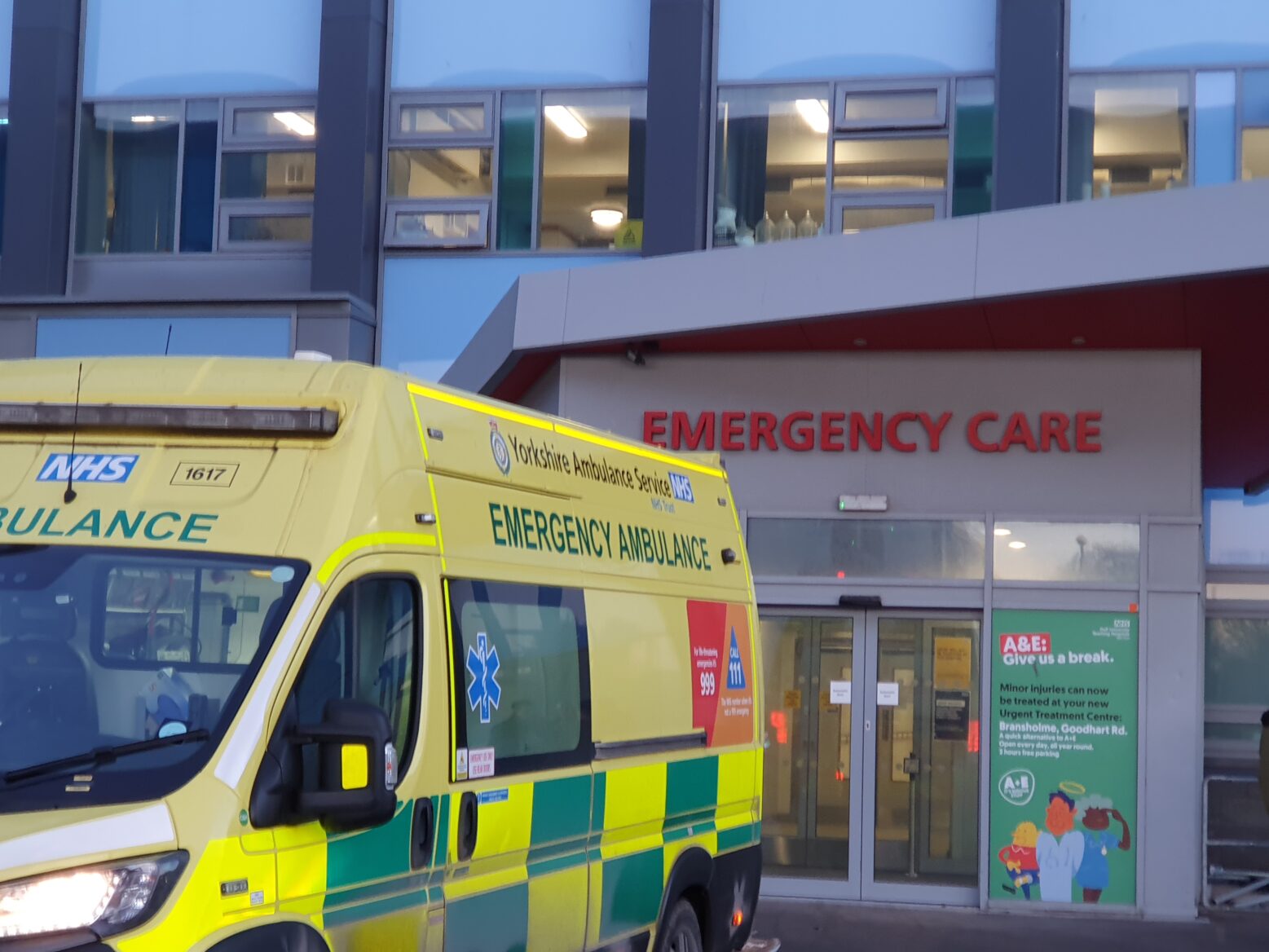Stroke patients in Hull and parts of East Yorkshire are to benefit from a new rapid assessment system aimed at saving lives and improving care.
Hull University Teaching Hospitals, part of NHS Humber Health Partnership, is introducing a Pre-Hospital Video Triage Scheme after securing some funding from NHS England on a trial basis.
Stroke Co-ordinators, supported by Stroke Services Consultants, will connect to Yorkshire Ambulance Service crews using video technology enabling visual checks and digital evaluation of patients.
Patients with a suspected stroke will be “blue-lighted” to Hull Royal Infirmary, straight into the care of the specialist stroke team for CT scans or to begin life-saving treatment such as mechanical thrombectomy to remove blockages from their arteries. Some patients who do not require hospital admission will be redirected to community services.
Dr Bernard Esisi, Consultant in Stroke Services, said: “This will allow clinicians to formulate a more accurate diagnosis so people having strokes can be treated in the right place at the right time, as quickly as possible.
“Every minute counts when someone is having a stroke so this new system means we can help people who need us more quickly while making sure those not having strokes get the right support without having to come into hospital.”
This triage scheme aligns with “Flow”, a major campaign spearheaded by the hospital group to improve patients’ experience of emergency or acute care and reduce unnecessary stays or admissions.

Ambulances parked outside Hull Royal Infirmary
Around 39,700 stroke survivors are registered with GPs across Humber and North Yorkshire and the prevalence of strokes in our area is 2.25pc compared to the national prevalence of 1.8pc.
Early diagnosis is crucial. Strokes can have a devasting, life-changing impact, with health and social care costs estimated at around £45,000 in the first year alone if a stroke survivor doesn’t get the right treatment at the earliest opportunity.
Hull Royal Infirmary sees around 1,000 patients with strokes every year. However, a further 300 or so people are brought to hospital with “stroke mimics” – conditions such a Bell’s Palsy, migraine or low blood sugar, which do not require emergency treatment in hospital and can be dealt with by GPs or community services.
Dr Esisi said: “There is no pre-hospital process that is 100pc effective at excluding a stroke or confirming a stroke diagnosis. At the moment, we rely on telephone conversations which can mean, for a variety of reasons, that some patients are not picked up or those not having strokes are brought to hospital when they may not need emergency care.
“This video triage system will allow us to add another level of assessment so that patient can be triaged to the most appropriate place for treatment.”
Tim Millington, Consultant Paramedic (North and East Yorkshire) at Yorkshire Ambulance Service NHS Trust, said: “Stroke video triage offers ambulance clinicians rapid access to specialist support when caring for stroke patients. This pilot follows a successful trial in South Yorkshire and the senior clinical support provided to our pre-hospital clinical teams is beneficial in enabling our patients to get the right care, first time.
“We will be seeking feedback from patients, colleagues and partners throughout the pilot to ensure this innovative initiative on pre-hospital stroke practice works well for all those involved.”
Results from the scheme will be reviewed and, if the Hull scheme is a success, the project will be rolled out to North Lincolnshire and North Yorkshire.

